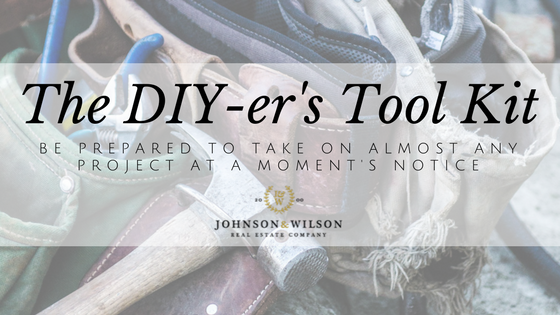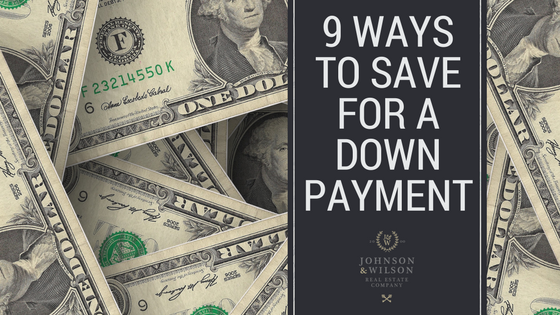The DIY-er's Tool Kit // How to Be Prepared for Almost Any Project at a Moment's Notice

Whether you’re hanging wall art, assembling a crib, or doing some heavy-duty building, having a well-stocked toolbox is key to doing-it-yourself. It doesn’t matter if you’re a seasoned veteran or are new to the DIY club. You need at least a basic toolkit so you won’t have to stop in the middle of your project to borrow or run out to the store and buy what you need. Here are some essential tools to keep on hand for all your DIY projects.
Two Hammers
Yes, you can get away with having one multipurpose hammer, but ideally you need two hammers in your toolkit. A lightweight hammer will do for smaller projects like putting a small nail in drywall or adding trim work to furnishings. Have a heavy duty hammer on hand as well for projects that take a little more “oomph,” like nailing into a stud.
Screwdriver Set
Of course you know you need the standard Phillips head and flat-head screwdrivers for most jobs around the house. Thing about buying a screwdriver set that has various magnetic tips in different sizes that can be switched out for different jobs.
Tape Measure
Don’t settle for a cheap one. Get a well-made, sturdy tape measure that’s at least 25 feet long and has a locking mechanism. It’ll be good for pretty much any project you can think of.
Vise Grip Pliers
This is an extremely versatile tool that you’ll be glad to have when you need an extra hand. Vise grip pliers lock into place and can be used as pliers, a pipe wrench, an adjustable wrench, wire cutters, a ratchet, or a clamp. The most common version is 5-10WR, which should work for just about any job around the house.
Level
Whether you’re hanging pictures on the wall or building a bookcase, you need a level in your life. Get a fancy laser level or use our favorite—the good old standard with the bubble indicators.
Flashlight or Headlamp
A flashlight is a necessity when you need to get into small, dark space like attic spaces, under cabinets, or behind large appliances and furniture. A headlamp or work lamp will come in handy when you’re doing a smaller job in dim light without extra hands around to hold a flashlight.
A Really Good Drill
While corded versions are less expensive and don’t require battery replacements, cordless drills are obviously more portable and convenient. Get one that has multiple speeds and is reversible. Invest in a really good, powerful cordless drill, and you shouldn’t need to replace it for a long time. You can go up to 18 volts, but that makes the drill much heavier. A 12-volt drill will work just fine for most of the items on your honey-do list.
Jigsaw
A jigsaw is safer and more versatile than other saws. Table saws can be dangerous if you’re a newbie, plus they’re not really portable. Jigsaws are light enough to carry around and use wherever you need to make your cuts. They can do delicate jobs as well as more heavy duty ones and can even cut curves. Go ahead and add on a set a set of blades that will allow you to cut materials like metal and PVC too. At about $10 for a combo pack, they won’t bust your budget at all.
Safety Glasses
It’s a good idea to keep more than one pair of safety glasses handy. One pair could break, or you might have a helper on the job who’ll need a pair as well. Keeping your eyes protected is extremely important, so don’t skimp on this.
Shop-Vac
A Shop-Vac is a great all-purpose tool to keep on hand. It sucks up sawdust and other construction debris with ease and won’t cost an arm and a leg. We recommend getting a Wet/Dry version so you can handle all manner of messes without a care.
Outdoor Extension Cord
Your regular around-the-house extension cord won’t cut it. Look for an outdoor extension cord that’s at least fifty feet long. To power your Shop-Vac and other electric tools, grab a 12-amp cord with three-prong plug.
A Can of WD-40
Did you know that there are over 2,000 uses for a simple can of WD-40? Seriously, this stuff is so amazingly versatile. Use it to lubricate a lock, stop a squeak, or remove crayon from almost any surface in your home. Trust us. You want to keep a can around at all times.
A Container for All Those Tools
Any sturdy container will work. If you want to use your grandfather’s vintage toolbox, go for it. Need more space? A Rubbermaid container will do the job.
What other tools do you recommend for the everyday, average-joe DIYer?










